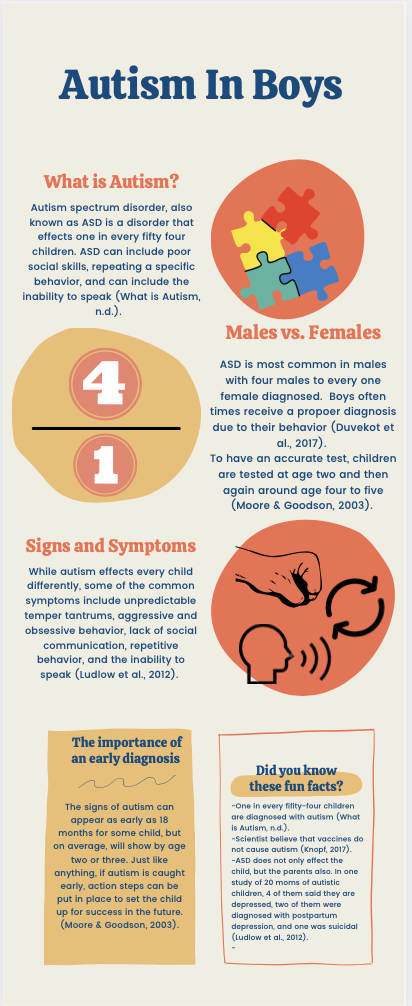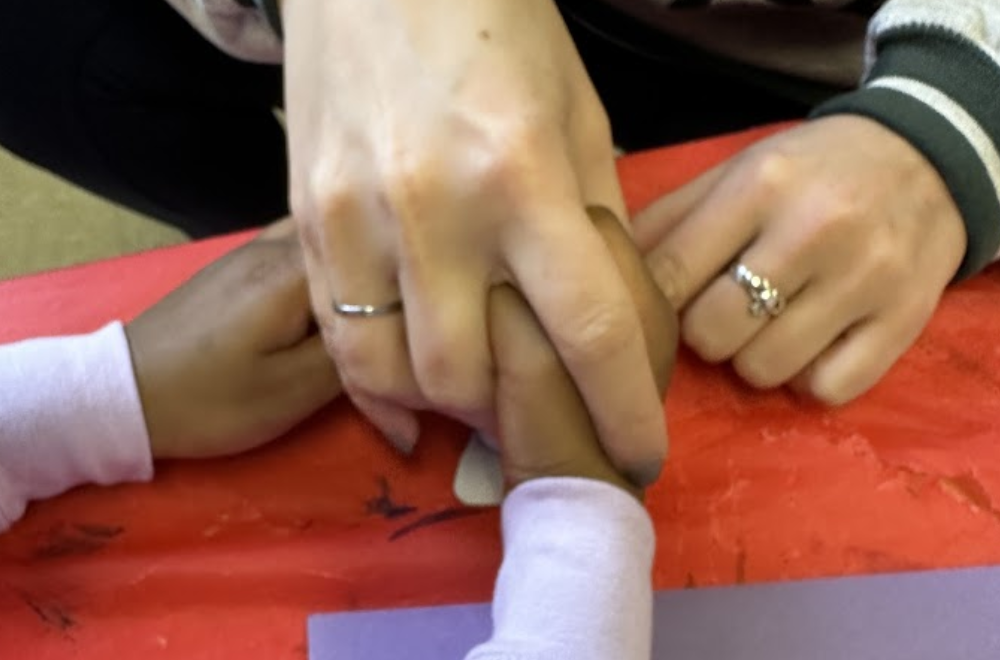Best practices for building sensory-friendly spaces with advice from an Autism Therapist
Understanding the Impact of Behavioral Autism on Day-to-day Live and Social Interactions
You could not realize just how deeply behavioral autism influences everyday life and social interactions. People on the spectrum frequently browse a globe loaded with interaction difficulties and sensory overload. These difficulties can lead to aggravation and seclusion, affecting their relationships and overall health.
Defining Behavioral Autism and Its Qualities
Behavior autism, typically described as autism spectrum disorder (ASD), incorporates a series of conditions characterized by obstacles in social interaction, interaction, and repetitive behaviors. You may notice that people with ASD typically struggle to translate social cues, which can cause misunderstandings in conversations. They might find it difficult to develop eye contact or engage in small talk, making social situations feel overwhelming.
Interaction troubles can materialize in different ways, from postponed speech development to a choice for making use of less words. By acknowledging these qualities, you can promote a setting that advertises approval and urges reliable interaction, aiding individuals with autism thrive in their everyday interactions.
The Spectrum of Autism: Understanding Variability in Habits
Autism range condition (ASD) isn't a one-size-fits-all diagnosis; it varies extensively amongst people. You might notice that some people with ASD show moderate signs and symptoms, while others might deal with much more considerable obstacles. This irregularity can materialize in behaviors, rate of interests, and sensory sensitivities. You may experience individuals who are highly spoken and involve easily in conversations, while others may choose solitary tasks or connect non-verbally.
In addition, the method people with ASD reply to sensory input can vary greatly; some may be overwhelmed by loud sounds or bright lights, whereas others thrive in stimulating environments. The range likewise includes differences in social communications; some people may struggle to analyze social signs, while others navigate social setups with relative ease. Recognizing this irregularity is crucial, as it assists you appreciate each individual's distinct experience and dressmaker assistance to their particular demands, cultivating a more comprehensive environment for everybody.
Interaction Obstacles Encountered by Individuals With Autism
When you interact with individuals on the autism range, you may observe their unique communication challenges. They commonly face troubles with both nonverbal and spoken hints, which can affect their social communications. Recognizing these barriers is essential for promoting far better connections and support.

Verbal Communication Problems
Lots of people on the autism spectrum experience spoken communication troubles that can considerably impact their day-to-day communications. You could find it testing to reveal your ideas, feelings, or needs plainly. This can cause stress for both you and those around you, as misconceptions happen. You might have problem with initiating conversations, preserving a topic, or comprehending nuances in speech. Commonly, you might like making use of easy language or repeated expressions, which can limit your ability to participate in much deeper conversations. Your speed, quantity, or tone could not straighten with social expectations, causing others to misinterpret your intentions. Recognizing these difficulties can help you and your support network develop approaches to improve interaction and promote better connections with others in your day-to-day live.
Nonverbal Interaction Barriers
Verbal interaction isn't the only obstacle people on the autism spectrum face; nonverbal communication barriers can be simply as significant. These difficulties can lead to misconceptions or false impressions of social signs, making communications really feel overwhelming or confusing. By attending to nonverbal communication, you can discover methods to boost your social experiences and improve your general top quality of life.
Social Interaction Impacts
Social interactions can commonly feel frustrating due to the distinct communication obstacles dealt with by people with autism. Recognizing these obstacles can assist you find strategies to enhance communication, such as exercising social skills in safe setups or using aesthetic aids. Recognizing your requirements permits you to navigate social communications with better confidence and simplicity.
Social Communication and Relationship Building in Autism
While structure relationships can be testing for people with autism, comprehending their one-of-a-kind perspectives and interaction styles can promote meaningful links. You might observe that lots of people on the range favor direct interaction and may fight with social cues or tiny talk. By being simple in your communications, you can assist create an atmosphere where they feel comfy.
Involving in shared interests can likewise offer as a bridge to deeper connections. Whether it's a pastime, a favored program, or a mutual passion, these common threads can open doors to relationship.
Daily Life Routine: Navigating Difficulties and Approaches
Steering day-to-day live routines can be especially testing for individuals with autism, especially when unexpected modifications happen. You may find comfort in having an organized timetable, as it helps you expect what's next. When interruptions take place, it's normal to feel distressed or overwhelmed. To browse these challenges, think about carrying out visual schedules or lists. These devices can offer clarity and reassurance.
Establishing a regimen that consists of sensory breaks can likewise be valuable. You can intend time-outs throughout your day to recharge. It's this necessary to connect with those around you, allowing them understand your preferences and needs. This aids create an understanding environment.
Finally, practice mindfulness methods to take care of tension and anxiousness. Simple breathing exercises or grounding strategies can make a substantial distinction. By incorporating these strategies, you can boost your daily regimen and reduce disturbances, making life really feel much more convenient.
Staminas and Capabilities of People on the Autism Spectrum
Understanding daily life routines is simply one facet of the autism experience. Several individuals on the autism range possess exceptional strengths and abilities that establish them apart. You might locate that your attention to information is phenomenal, allowing you to master tasks that need precision and focus. Your ability to believe outside package can bring about innovative solutions in numerous scenarios.
In addition, your memory abilities commonly radiate, especially in locations of interest. Autism Behavioral Therapy. This propensity for preserving information can make you a beneficial source in areas like modern technology, scientific research, or art. You may likewise show solid visual reasoning, allowing you to picture complex concepts and address issues creatively
Furthermore, your unique perspective on the globe can promote empathy and understanding in others, improving social interactions. Accepting these staminas not just enhances your self-confidence but additionally helps others appreciate the diverse skills you bring to the table.
Creating Inclusive Environments for Individuals With Autism
Creating comprehensive settings for individuals with autism begins with making sensory-friendly rooms that deal with their one-of-a-kind demands. You can likewise promote possibilities for social communication, helping to build friendships and links. By making these modifications, you'll add to a more welcoming environment for everyone.
Creating Sensory-Friendly Spaces
While designing sensory-friendly spaces, it's important to show on the special needs of people with autism. Include peaceful zones where people can charge and pull away when overwhelmed. Consist of visual timetables or clear signs to help people browse the area with confidence.
Advertising Social Communication Opportunities
Designing sensory-friendly spaces not only addresses private convenience but likewise establishes the stage for purposeful social communications amongst individuals with autism. Encourage peer mentoring, combining individuals with autism with supportive peers who can assist them with social circumstances. By applying these techniques, you can improve social possibilities, helping individuals with autism construct relationships and reinforce their social abilities in a risk-free, inviting environment.

Frequently Asked Questions
How Can Friends Support Someone With Behavioral Autism?
You can support a close friend with behavior autism by holding your horses, listening actively, and appreciating their borders. Involve in tasks they appreciate, interact openly, and create a comfy environment where they really feel valued and understood.
What Resources Are Available for Parents of Children With Autism?
You can check out various resources for moms and dads of youngsters with autism, including assistance groups, instructional sites, and neighborhood social work. Connecting with other moms and dads can also offer useful insights and shared experiences to assist navigate challenges.
Can Behavioral Autism Adjustment Over Time?

Yes, behavioral autism can transform with time. You may discover shifts in communication, social skills, and habits as your child expands. Early treatment and support often play crucial functions in these developmental navigate to this site adjustments.
Just How Do Sensory Sensitivities Impact Day-to-day Live?
Sensory sensitivities can web make daily experiences overwhelming. You could battle with brilliant lights or loud sounds, bring about tension or evasion. Locating settings that fit your requirements can greatly boost your comfort and general life.
What Prevail Misconceptions Concerning Behavioral Autism?
You could assume behavior autism just affects interaction skills, however it's even more complex. Lots of presume individuals do not have empathy or knowledge, which isn't real. Understanding these misunderstandings aids foster approval and support for those on the range.
Behavior autism, frequently referred to as autism spectrum condition (ASD), encompasses a range of conditions characterized by obstacles in social interaction, interaction, and repeated actions.Social interactions can usually really feel overwhelming due to the unique communication difficulties encountered by people with autism.Creating sensory-friendly rooms not only addresses private comfort but also sets the phase for significant social communications amongst individuals with autism. Urge peer mentoring, pairing individuals with autism with helpful peers that can guide them through social circumstances. By executing these techniques, you can enhance social chances, aiding individuals with autism develop relationships and reinforce their social skills in a risk-free, welcoming environment.